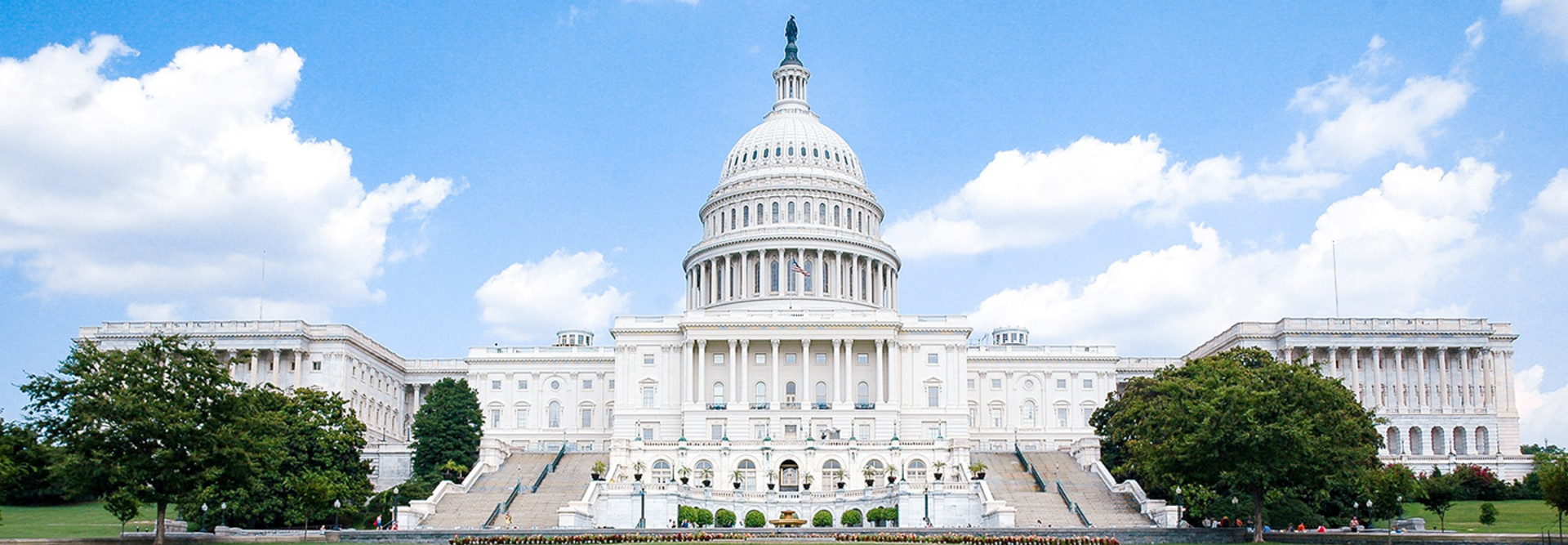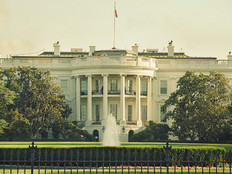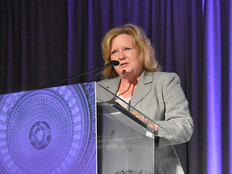Federal IT Modernization Efforts Gain Steam but Need Push from Senate
If it seems like Washington has been talking about federal IT modernization for nearly a year and a half, that’s because it has. But now, there is finally clear momentum for legislative efforts to become law, and the Trump administration is firmly behind the idea.
According to the latest Federal IT Dashboard statistics for fiscal year 2017, of the $84.7 billion allocated for federal IT, 70.9 percent of that was dedicated to operations and maintenance (O&M) of legacy systems.
The Modernizing Government Technology (MGT) Act, which Rep. Will Hurd, R-Texas, reintroduced in late April, passed the House on May 17 and now awaits action in the Senate. The MGT Act aims to shake up the federal IT spending equation and reduce the amount spent on O&M.
Meanwhile, President Donald Trump’s fiscal 2018 budget request, like the Obama administration’s final one, suggests creating a Technology Modernization Fund (TMF) to replace and retire antiquated IT.
Trump Administration Promotes IT Modernization
The administration’s budget request includes $228 million for a fund that agencies could use to move to more modern infrastructure, such as using the cloud and shared services. The money would be repaid in future years from the savings garnered by using the more efficient technology.
Administration officials see the fund as a good starting point. At a May 24 House Appropriations Committee hearing, Tim Horne, acting administrator of the General Services Administration, testified that the fund is “seed money” and that although it is “not enough” to cure all of government’s IT problems, the “$228 million is a way to start … chipping away” at them, FCW reported.
The fund, Horne said, “could prove the concept is the right idea to have this board of technology experts chaired by the federal CIO making decisions about return on IT investments.”
FedScoop notes that the fund, which “would employ a review board of IT leaders to allocate funding to agencies on priority basis,” would amount to “less than a quarter of a percentage point of the larger $95.7 billion federal IT budget request.”
“The TMF is an important step in the way the federal government manages its IT portfolio,” Horne said, adding that “it’s a way to bring some governance across the government to how we invest in things.”
However, if the fund works as intended, it might turn into a “revolving fund over the years where we can continue to move the government to shared IT platforms, find ways to improve cybersecurity — improve this really difficult management challenge we face of this outdated IT system that’s very expensive to reinvest in,” Horne said, according to FedScoop.
MGT Acts Goes to the Senate
Meanwhile, Hurd’s bill aims to make a technology modernization fund a permanent fixture of the federal IT landscape.
The reintroduced bill is the same as its predecessor in that it proposes allowing agencies to put money they have saved with IT into working capital funds, which can be accessed for up to three years, to fund future efforts to modernize their technology. It also calls again for the creation of a centralized fund agencies can tap into for modernization.
The new bill caps the annual amount that can go in the centralized fund for year one and year two at $250 million, FedScoop reported.
The Congressional Budget Office gave the bill a price tag of $500 million over five years, compared with $9 billion for the original bill, which may make it more politically palatable in Congress. With the lower price tag, the bill is thought to be more likely to pass than the original version, which died in the Senate late last year.
Hurd told FCW that the White House’s Office of American Innovation is behind the bill. He also said he had spoken with presidential adviser and Trump son-in-law Jared Kushner about the bill, as well as Chris Liddell, assistant to the president for strategic initiatives, and Matt Lira, special assistant to the president for innovation policy and initiatives.
“That entire office is engaged on this and wants to see it get done,” Hurd said. “They see this as a vehicle — it’s another tool that they can get to their agencies in order to do modernization.”
Meanwhile, Sen. Jerry Moran, R-Kan., who introduced a Senate version of the MGT Act in April, sent a letter May 24 to the chairman and ranking member of the Senate Homeland Security and Governmental Affairs Committee to request “swift action” on the bill.
The committee, headed by Chairman Ron Johnson, R-Wis., and ranking member Claire McCaskill, D-Mo., has not marked up the bill yet, Nextgov reports.
Moran and co-sponsors Tom Udall, D-N.M., Steve Daines, R-Mont., and Mark Warner, D-Va., signed the letter.
“It’s the kind of legislation you’d expect to have a bright future,” Moran told FCW. “It’s difficult to pass anything in the U.S. Congress, but here we have something that is really just good government. This has a great opportunity to save taxpayer dollars and improve national security.”









